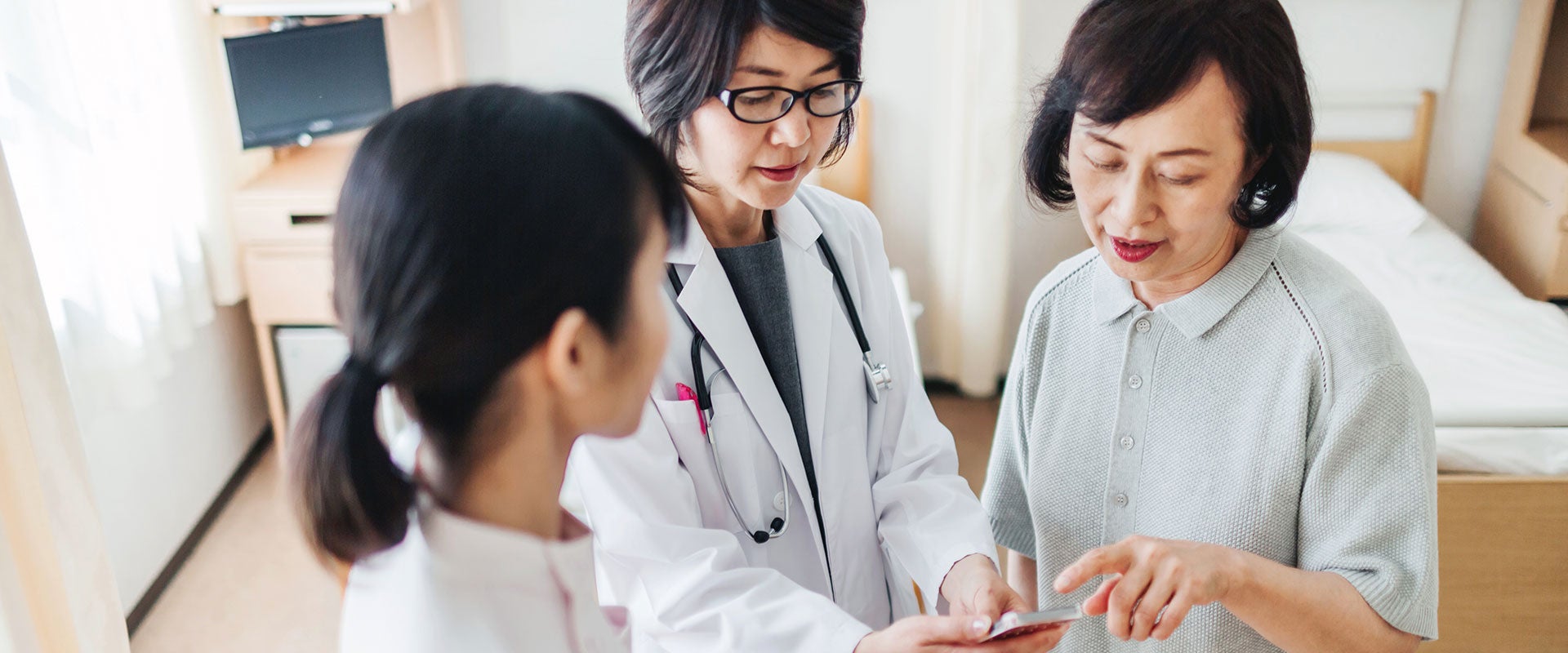
How Patients in SEA View Hospitals and Telehealth Providers in the Wake of COVID-19
- Article

Across most hospitals in the Asia-Pacific (APAC) region, elective procedure volumes have mostly returned to pre-pandemic levels, with growth expected in the coming years. And in Southeast Asia (SEA) in particular, the public’s view of hospitals overall has recovered if not improved since COVID-19. The perception of telehealth apps, on the other hand, has largely deteriorated.
That’s according to an analysis conducted by L.E.K. Consulting of more than 35,000 Google reviews of some 200 hospitals across six countries in SEA, segmented by ownership type — public, private chain and private independent. The analysis also included more than 13,800 reviews of 33 telehealth apps in major SEA markets.
Private hospital chains’ reputation has gained particularly strong momentum, largely due to a recognition of the professionalism and competency displayed by staff at those institutions during the pandemic. When it comes to public hospitals, however, the view is more nuanced. Public perception has weakened with regard to the professionalism of public hospital staff and to the facilities/environment.
It’s possible that the shortage of healthcare personnel in public hospitals post-COVID-19 combined with the longer lasting and more prominent role such hospitals had in handling the pandemic contributed to the erosion of positive sentiment. Indeed, broadly speaking, SEA — which has seen some of the worst COVID-19 caseloads — is considered to be among the most difficult environments for healthcare workers, which has led to high rates of resignation. Despite that, highly qualified doctors and well-accredited services have led patients to view hospitals’ staff competency levels favorably.
When it comes to facilities/environment, movement restrictions during the pandemic likely affected patients’ perception that the hospitals were overwhelmed. Meanwhile, the belief that hospital patients were getting value for their money declined across all settings, but particularly for private independent hospitals. Such a perception may be due to hospitals passing on rising costs as the volume of procedures dropped due to COVID-19 restrictions.
The change in perception of hospitals is markedly different depending on the country. For example, patient perception of Malaysian — and to a certain extent Indonesian — hospital operators has improved, while the opposite is true for hospitals in Vietnam. Notably, for Malaysia and Vietnam, the respective gain and loss in positive patient sentiment cuts across all categories of service evaluated.
Public perception of telehealth has markedly declined. COVID-19 significantly accelerated the expansion of telehealth app usage in SEA, especially in the Philippines. But while in the early days of the pandemic telehealth was viewed as an innovative and convenient service, operational challenges — both human and technical — faced by telehealth providers while scaling took a toll on patients’ perception of such apps. Patient sentiment across all service categories suffered, especially as the pandemic was tapering off.
During COVID-19, the share of positive sentiment for telehealth platforms decreased in line with the increase in their usage, which itself was unprecedented. But the number of monthly active users (MAU) has since stabilized or started to decline, with billing/reimbursement (e.g., payment features), technical robustness (e.g., reliability) and service efficiency (e.g., waiting times) acting as key drivers of weakening patient sentiment. And as offline care options reopen in the wake of the pandemic, the drop in positive perception is also quite substantial in terms of the value for money that telehealth apps provide. But while independent apps are perceived more positively than those developed by traditional providers, the drop in positive perception post-COVID-19 is also greater.
To learn more about the patient perception of hospitals and telehealth providers in SEA, please download our analysis.